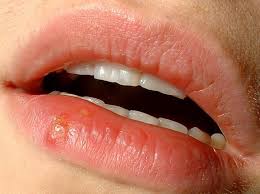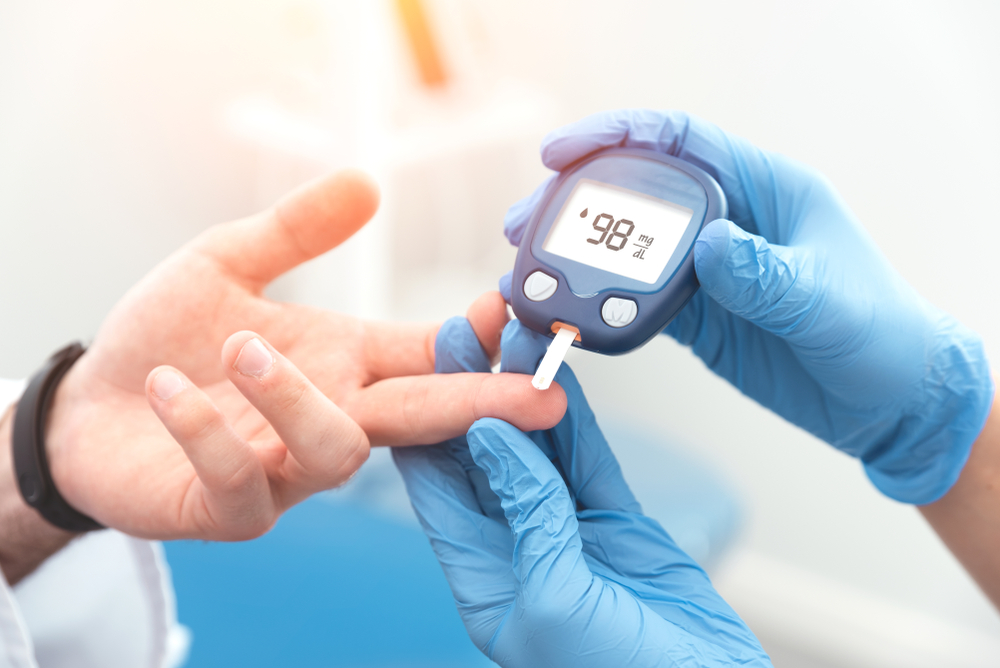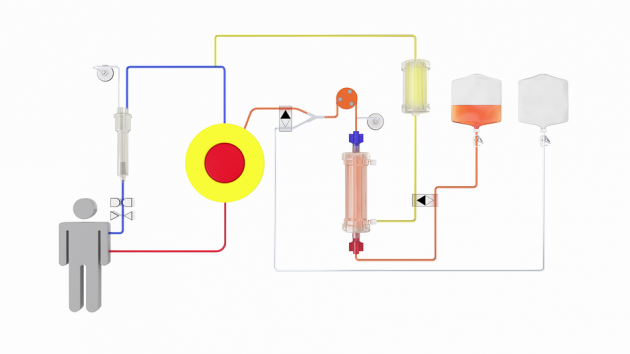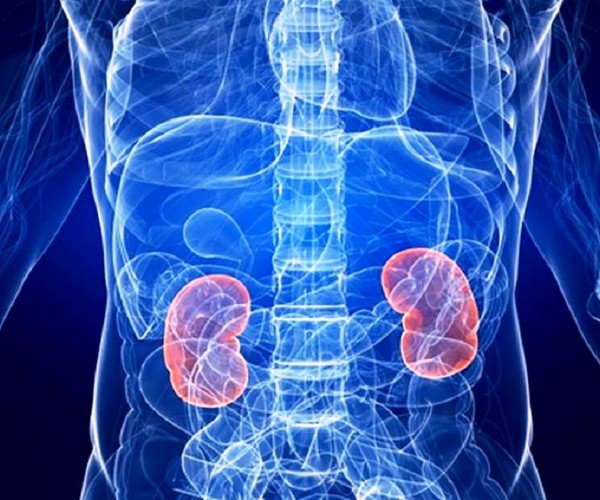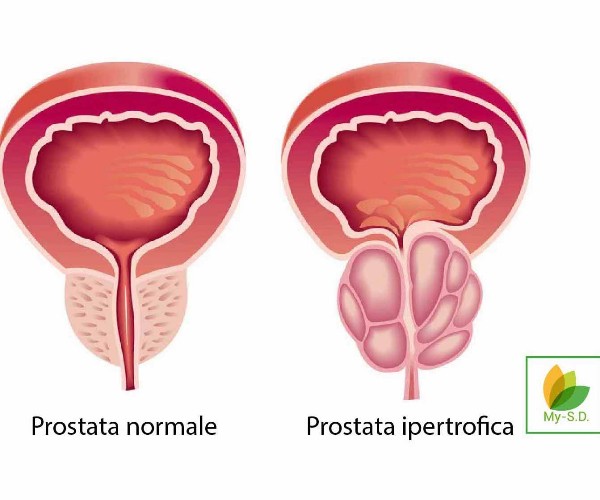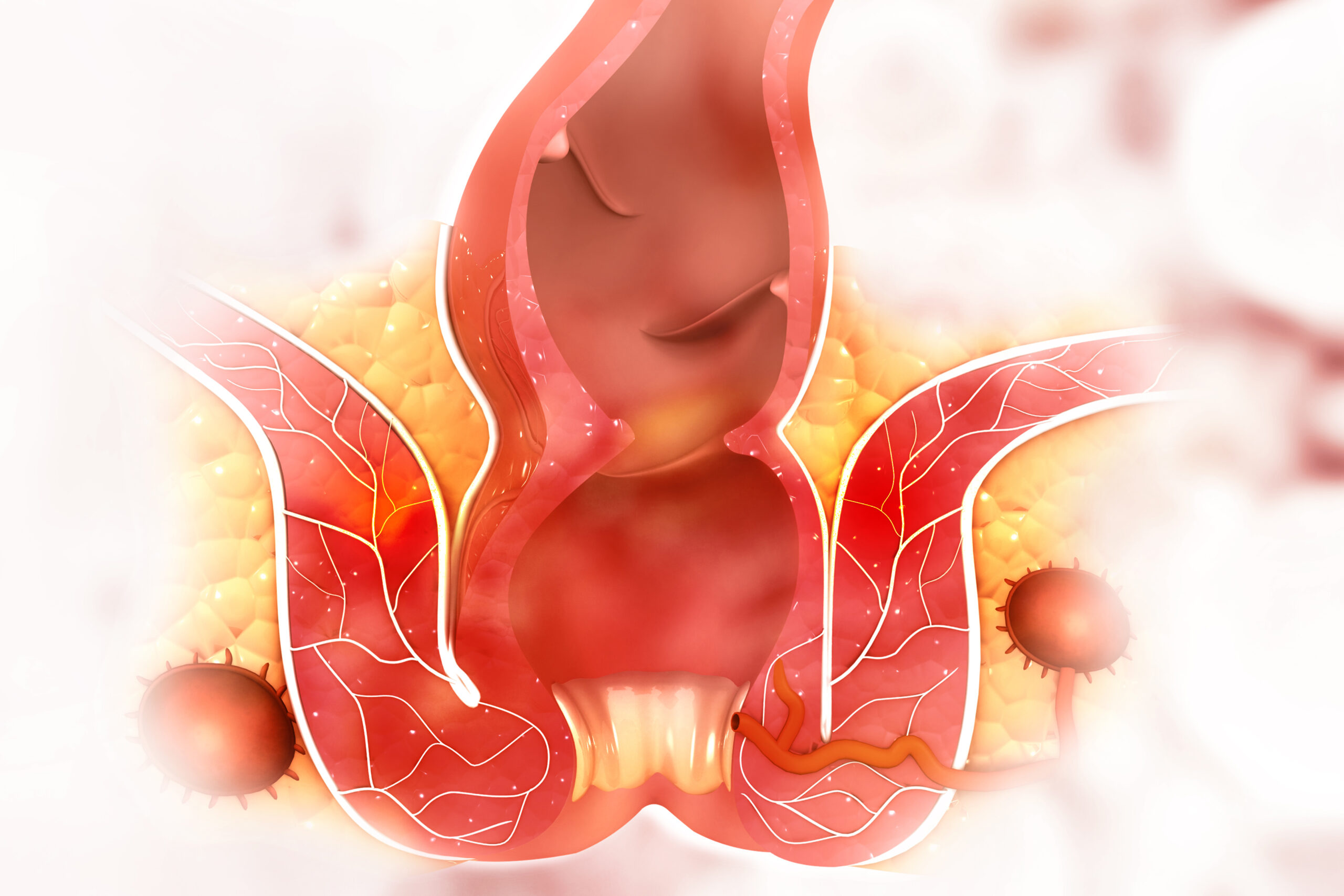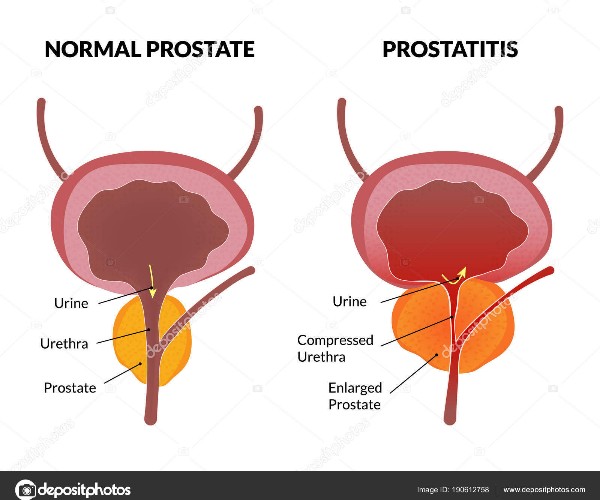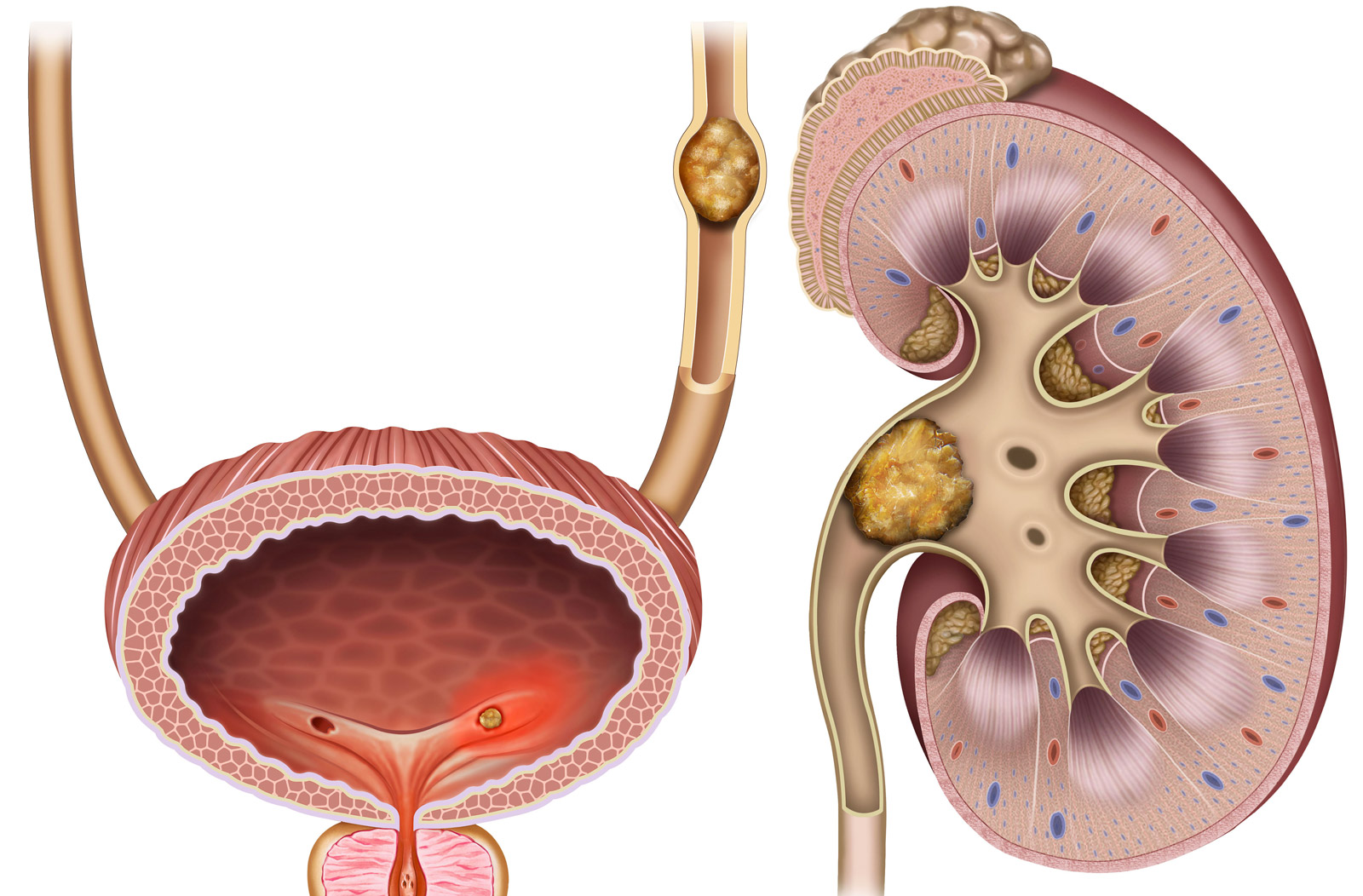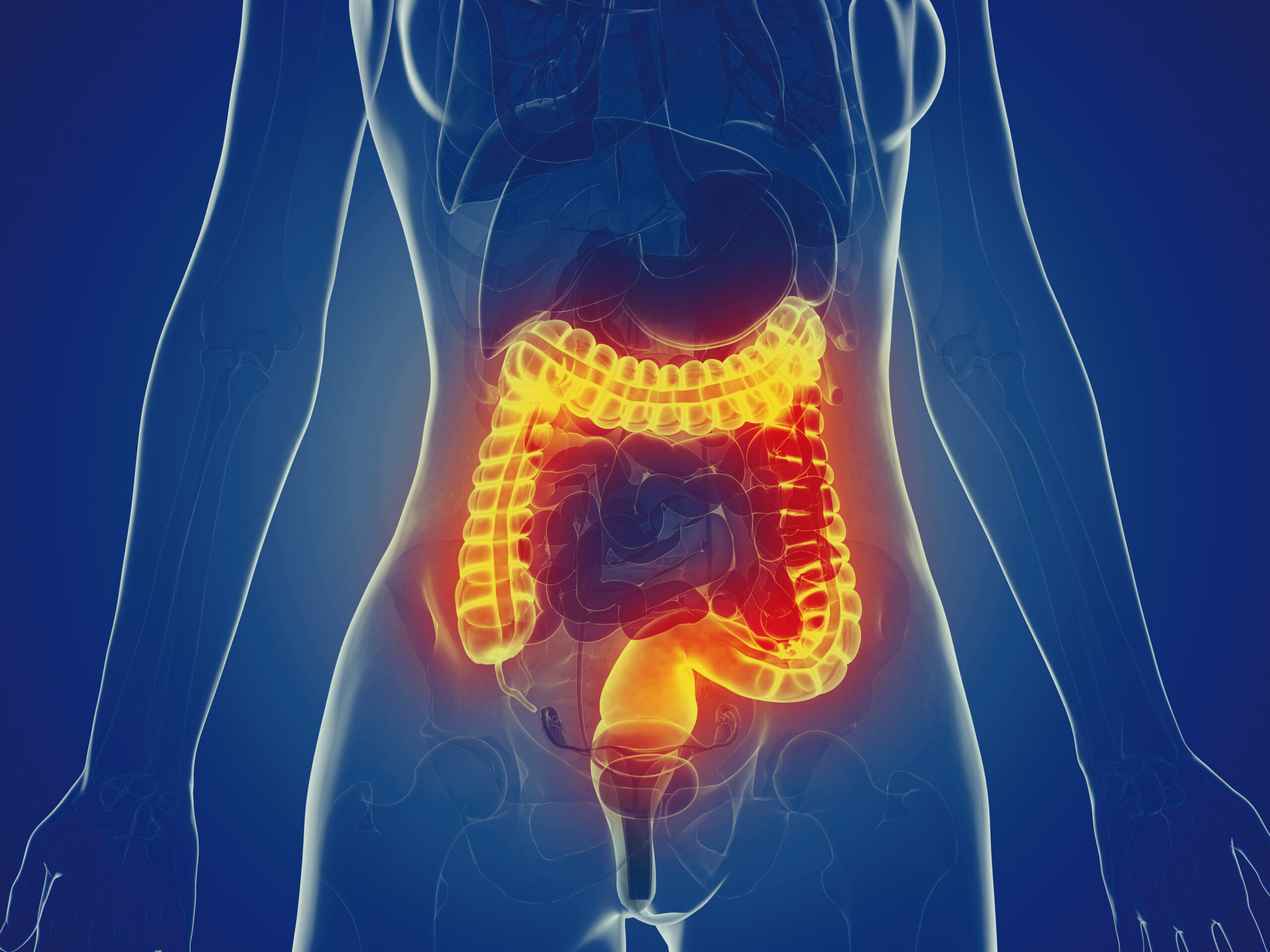When it comes to the prostate, many Italian men are aware of the risks and do not underestimate them in theory, but take little action to reduce them in practice through the most valuable and effective weapon available: urological prevention. Although the situation has improved from a few years ago, the picture that emerges from the recent survey conducted by SWG for the Italian League for the Fight against Cancer (LILT) indicates that still a large share of the male population is not paying enough attention to diseases that can affect the genitourinary system, starting with prostate cancer: the second most frequent malignancy among men after lung cancer.
Although the majority of Italian males (81%) know that prostate cancer is common (especially after age 50) and more than half (53%) fear it, in general there is modest knowledge about it (28%) and poor ability to recognize its characteristic manifestations (moreover, often late). In addition, only one in four men undergo an examination to check the status of the prostate gland, either on their own initiative or after experiencing some urinary symptoms.
“The fact that 80 percent of men have never visited a urologist,” commented Francesco Schittulli, LILT president, on the occasion of the presentation of the survey results, “is a worrying statistic, because it means that visits are only resorted to when pathologies are already manifest and overt, when instead it would be fundamental, especially over the age of 50, to make periodic check-ups, as mammography is for women. With the “Blue Path” campaign, in which many of our sections scattered throughout the country are involved in various initiatives, LILT intends to raise awareness among men about the importance of prevention and awareness of the risks, sometimes related even to small, often overlooked ailments, to keep away so many aggressive male health diseases.”
“Undergoing early detection examinations still remains a female prerogative,” added Marco Alloisio, president of LILT Milan, “even though 62 percent of men are aware that urological checkups are the main way to effective prevention. To paraphrase the title of the SWG research, “it is not a male thing” to take care of one’s health, even though data tell us that one in 9 men gets prostate cancer and testicular cancer is the most frequent male neoplasm among the under-50s. It is, therefore, important to strengthen and spread information campaigns aimed at the male audience as much as possible, so that the healthy habit of taking care of oneself will also spread to men, as it already does to women. There is also a need for further involvement of general practitioners: their persuasive power with patients is high and, with regard to male cancers, can make a difference in bringing men closer to checkups.”
In addition to protecting your physical health, undergoing periodic urological checkups allows you to avoid unnecessary anxiety about “suspicious” urinary symptoms, such as difficulty in releasing urine, poor stream, the need to go to the bathroom often, or some initial défaillance in sexual intercourse not necessarily related to simply advancing age. In most cases, these problems are related to the presence of benign prostatic hypertrophy (BPH): an annoying, but not serious and well manageable disorder, especially if treated from the onset. But sometimes, entirely similar symptoms can also be brought about by prostate cancer that is relatively advanced and/or located in the middle part of the gland.
Early detection of prostate disease is undemanding: to implement it, it is sufficient to perform PSA assay and a specialist urological examination once a year from the age of 50, or from the age of 40 if there have been cases of prostate cancer in one or more men in the same family.
For years, LILT has been engaged in male awareness activities through the “Blue Path” to spread the culture of prevention and early diagnosis to men as much as possible. Adopting proper lifestyles (not smoking, eating healthily, moderating alcohol consumption, engaging in physical activity, maintaining a normal body weight) has been shown to reduce the risk of becoming ill with malignancies, while undergoing periodic checkups allows us to catch any urological diseases in the bud for which there are effective and, often, decisive treatments if implemented early, avoiding the need for more challenging treatments with more variable outcomes.
Source: Italian League for the Fight Against Cancer – LILT(www.lilt.it/oldportal/pubblicazioneea2c.html?id=541&area=1160)




